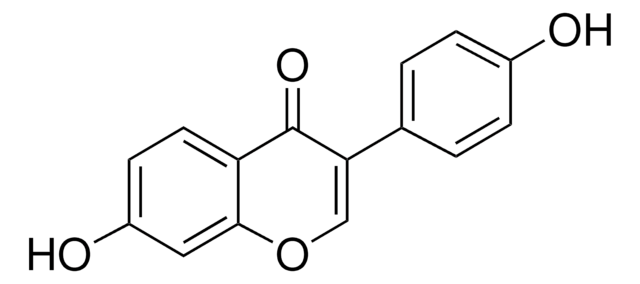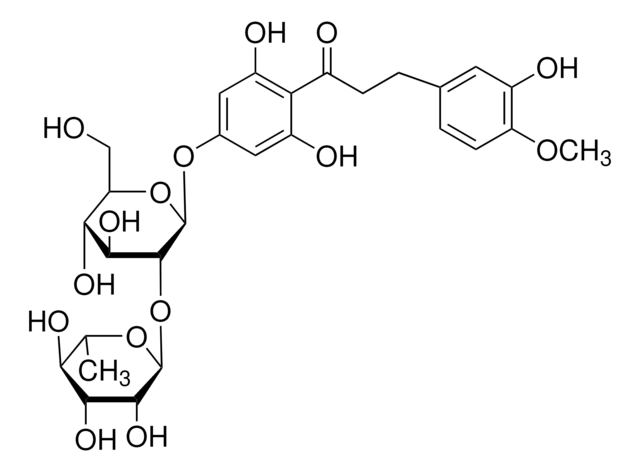T2452
Talsaclidine
≥98% (HPLC), oil
Synonym(s):
(R)-3-(2-Propynyloxy)-1-Azabicyclo[2.2.2]octane, WAL 2014
About This Item
Recommended Products
Quality Level
assay
≥98% (HPLC)
form
oil
solubility
DMSO: >5 mg/mL
storage temp.
−20°C
SMILES string
C#CCO[C@H]1CN2CC[C@H]1CC2
InChI
1S/C10H15NO/c1-2-7-12-10-8-11-5-3-9(10)4-6-11/h1,9-10H,3-8H2/t10-/m0/s1
InChI key
XVFJONKUSLSKSW-JTQLQIEISA-N
Biochem/physiol Actions
Features and Benefits
Packaging
Preparation Note
signalword
Danger
hcodes
Hazard Classifications
Eye Dam. 1
Storage Class
11 - Combustible Solids
wgk_germany
WGK 3
flash_point_f
Not applicable
flash_point_c
Not applicable
ppe
dust mask type N95 (US), Eyeshields, Gloves
Choose from one of the most recent versions:
Certificates of Analysis (COA)
Don't see the Right Version?
If you require a particular version, you can look up a specific certificate by the Lot or Batch number.
Already Own This Product?
Find documentation for the products that you have recently purchased in the Document Library.
Articles
Muscarinic acetylcholine receptors mediate acetylcholine actions in CNS and non-nervous tissues, crucial for cell signaling.
Active Filters
Our team of scientists has experience in all areas of research including Life Science, Material Science, Chemical Synthesis, Chromatography, Analytical and many others.
Contact Technical Service







